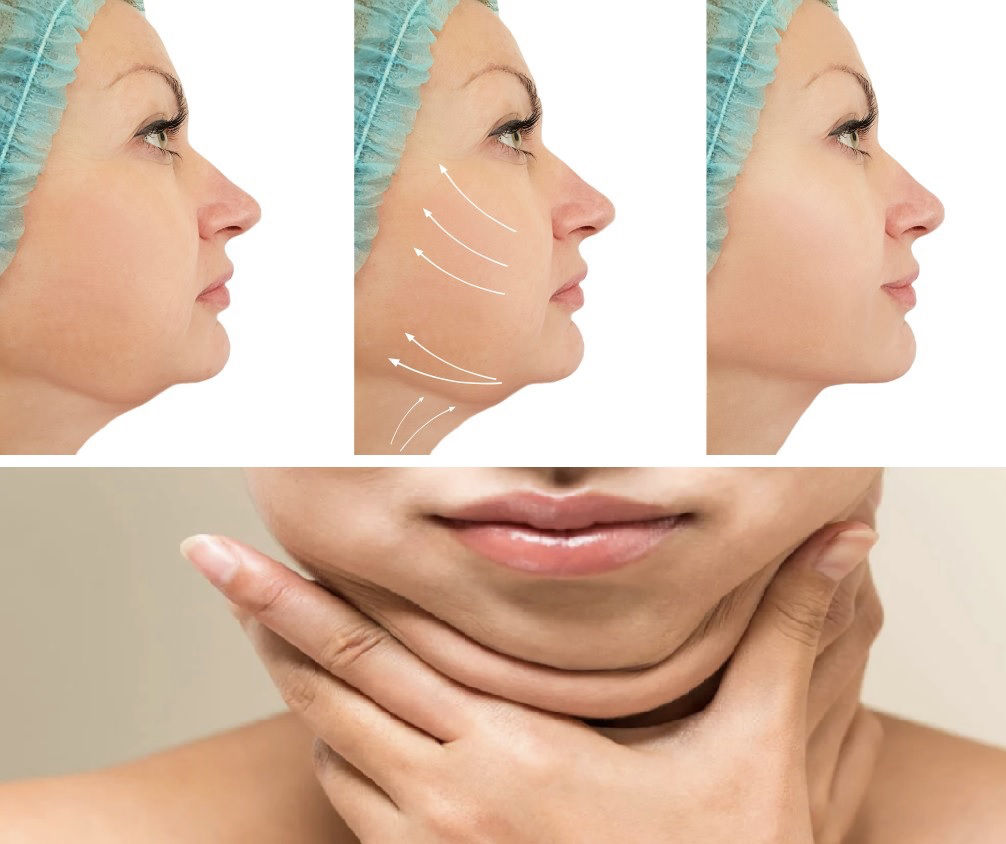
Although cholesterol deposits in the eyes aren't harmful, they can cause discomfort over time and may grow in size. They don't need to be removed and are completely harmless. The majority of patients with cholesterol deposits around the eyes also have dyslipidemia. This means that there is too much lipid in the blood. Find out how you can help yourself and learn more about this condition. If you suspect that your eyelids are clogged with cholesterol, here are some steps you can take.
Dyslipidemia can cause xanthelasma
Dyslipidemia, a condition in which the blood contains too many fatty substances (lipids), is a common cause of xanthelasma in the eye. Dyslipidemia means high blood levels (good or bad cholesterol) and HDL (good cholesterol). High levels of blood cholesterol are common among xanthelasma patients. High cholesterol levels can make them more susceptible to inflammation and other issues.

Xanthelasma, also known as Xanthelasma eyes, is a condition that causes abnormal fat deposits to form in the eyelids. It can occur in patients with primary and secondary hyperlipemia, as well as in diabetics. It usually appears as yellowish plaques in the inner side of the lower and upper eyelids. Although it is uncommon in young adults, it can still affect anyone. If you suspect that you have xanthelasma of the eye, you should consult your doctor immediately.
Lipoprotein deposits in eyes
There are many ways that lipoprotein deposits can form in the eyes. First, these lipids buildup on the cornea. This results in NV and opacification as well as decreased visual acuity. Second, they are formed when the underlying cellular structure is damaged and cannot properly function. These conditions can often be slow-progressing, and they are often caused multiple factors. There are two types of LK. One is idiopathic which occurs spontaneously and the other is secondary which results from other conditions. In both cases, lipid accumulation is secondary to the systemic disease. Third, lipid deposition can be caused by previous ocular trauma and diseases.
The most common type of ocular lipid deposition is corneal arcus, which is caused by the deposition of phospholipid and cholesterol into the peripheral cornea. Although it is thought to be a natural part of aging, it can also be a sign of hyperlipidemia. As such, it should be screened by a medical professional to determine whether it's the cause of your eye condition.
Lipoprotein deposits can lead to atherosclerosis
An accumulation of cholesterol in blood vessels makes them narrower and harder to work with. The vessels must be flexible and malleable in order to function properly. Hardening them can cause damage to the person's health. A condition called dyslipidemia (too much lipid) is the most common cause of cholesterol accumulation in the eyes. Anyone who develops eye deposits prior to age 40 should visit a physician for a quick screening.

Atherosclerosis is the result of an inflammatory response that is caused by fat deposits in the eye. When an individual is inactive, lipids can build up in the bloodstream. This condition can lead a person to develop xanthelasma. A condition that affects the area around the eyes and can cause atherosclerosis. Although there are many causes, xanthelasma is most often genetic. This condition may be caused by genetic conditions that raise blood lipid levels. Cholesterol is mainly obtained from meat and dairy foods. Cholesterol is necessary for the body's ability to make cell membranes, hormones, and assist in the digestion of fats.